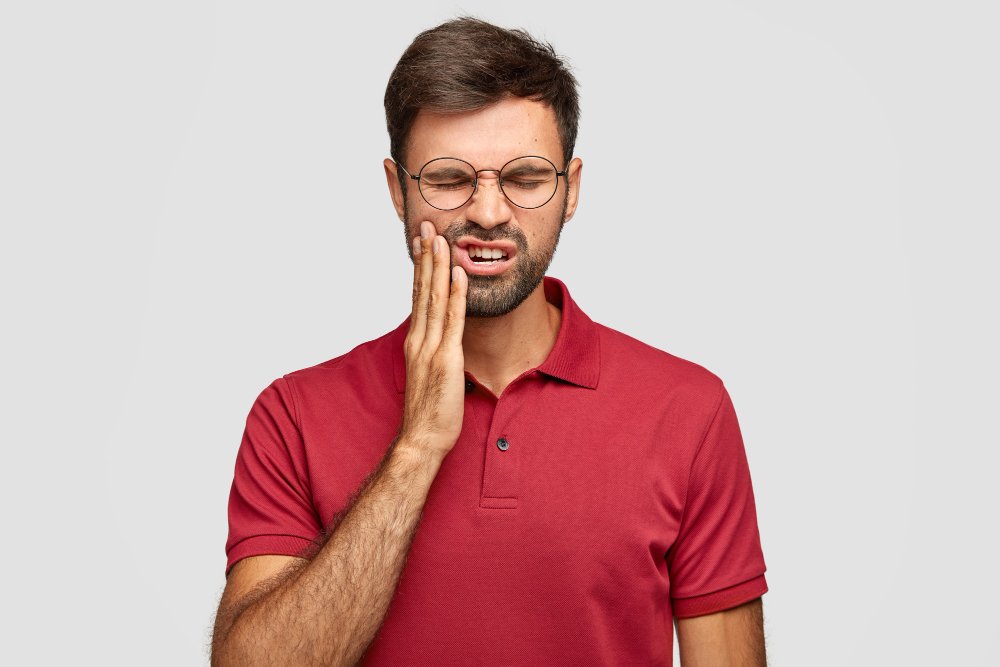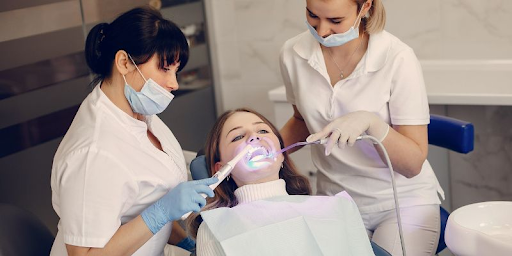Can Invisalign Fix More Than Crooked Teeth? Surprising Dental Benefits
Invisalign has really caught on with folks who want straighter teeth but aren’t keen on the whole metal braces look. What’s interesting is that these clear aligners do a lot more than just fix crooked teeth—something a lot of people don’t realize at first.
Invisalign can tackle a bunch of dental issues like overbites, underbites, crossbites, gaps, and even some jaw alignment troubles that might lead to headaches or make chewing a hassle. Since straight teeth are easier to keep clean, these aligners can also help cut down the chances of cavities and gum disease. That’s a win for overall oral health.
When your teeth line up the way they should, you’re less likely to get weird wear on your teeth or put too much strain on your jaw joints. So, Invisalign isn’t just about looks—it’s a pretty thorough dental treatment that can boost both how you look and how your mouth works.
Can Invisalign Fix More Than Crooked Teeth? Surprising Dental Benefits
These clear aligners do more than just straighten out crooked teeth. They’re see-through, which is a relief for anyone who dreads the idea of metal braces, and they can help with a variety of dental issues.
Correcting Overbite and Underbite
An overbite is when your upper teeth overlap your lower ones a bit too much. It’s actually pretty common and, when it’s severe, can cause some annoying problems. Invisalign can fix mild to moderate overbites by slowly nudging teeth where they belong.
On the flip side, an underbite means your lower teeth stick out past your upper teeth, which can mess with chewing and even speaking. With Invisalign, you get custom trays that keep steady pressure on your teeth to move them into place.
How long does it take? Well, it depends, but most people start noticing changes somewhere between 6 and 18 months. The aligners use carefully placed pressure points to bring teeth into better positions, so you end up with a more balanced bite.
Addressing Crossbite and Open Bite
Crossbites happen when some upper teeth tuck behind your lower teeth instead of the other way around. That can lead to uneven wear and jaw discomfort. Invisalign works by shifting those teeth into the right spots with each new aligner.
Then there’s the open bite—when your upper and lower teeth don’t touch at all when you close your mouth. That gap makes biting into food tricky and can even affect your speech. Invisalign can gradually close that space, bringing teeth together over time.
Treatment takes some careful planning. Dentists use 3D scans to map out a whole set of aligners, each one making tiny adjustments. You’ll need to wear them about 20–22 hours a day if you want to see the best results. Not always easy, but it’s worth it.
A Complete Guide to Invisalign Treatment in Singapore
The rise of invisalign in Singapore has made clear aligners a top choice for those wanting straighter teeth without the hassle of braces. Clinics across the city use advanced scanning tech for precise treatment planning, with costs typically ranging from $4,500 to $9,000 depending on complexity.
Many offer flexible payment plans and regular checkups every few months to track progress. Some even provide online consultations for convenience, and with Singapore’s hot, humid climate, the comfort of removable aligners is a big advantage over traditional metal braces.
Improving Jaw Alignment
Invisalign can also help with jaw misalignment, which is something people don’t talk about enough. Jaw pain or those weird clicking noises? Sometimes that’s from your bite being off. These aligners can gently move things toward a better fit.
If you deal with TMJ issues, Invisalign might help ease the symptoms by balancing your bite. When your teeth fit together better, there’s less strain on your jaw muscles and joints. That can mean fewer headaches and less facial pain as your treatment moves along.
Basically, by getting your teeth into the right spots, your jaw often just starts working better on its own. It’s kind of cool—and a relief for anyone who’s been dealing with discomfort for ages.
Reducing Tooth Wear and Damage
Misaligned teeth can put weird pressure on certain spots, leading to faster wear than you’d expect. Sometimes, a few teeth end up doing way too much work when you chew, so they wear down before their time. Invisalign spreads out the bite forces, so no tooth gets singled out for extra punishment.
If your teeth grind or hit each other wrong, enamel might chip or even crack as the years go by. Getting teeth lined up properly with Invisalign cuts down on those damaging contacts. It’s honestly a relief to know your natural tooth structure has a bit more protection.
When your teeth are straighter, it just gets easier to keep them clean. Crooked teeth tend to create annoying nooks where plaque loves to hide. With better alignment, you can reach those spots, which lowers your risk of cavities and gum disease. It’s a small change that can help your teeth last a lot longer.
Share this content:














Post Comment